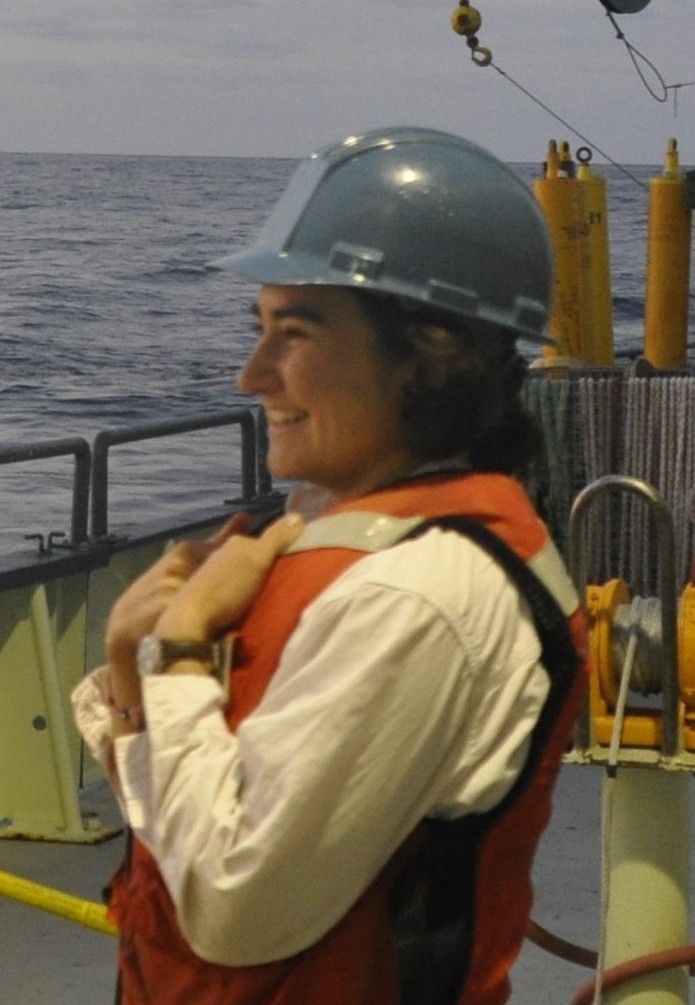
Isabela Le Bras is a postdoctoral investigator at the Woods Hole Oceanographic Institution, who finished her Ph.D. in the MIT-WHOI Joint Program in December 2016. Her Ph.D. title was “Dynamics of North Atlantic Western Boundary Currents”, and she is generally interested researching the dynamics of the large scale oceanic circulation using both observations and models. She plans to move on to work at Scripps in the Fall of 2017 to work with Professor Fiamma and turn her focus poleward to the circulation on the Greenlandic shelf and in the subpolar gyre.
Abstract:
In this talk, I will weigh in on an ongoing debate over how the deep ocean is filled with water from high latitude sources. Measurements of the Deep Western Boundary Current (DWBC) at Line W, on the continental slope southeast of New England, reveal water mass changes that are consistent with changes in the Labrador Sea, one of the sources of deep water thousands of kilometers upstream. Coherent patterns of change are also found along the path of the DWBC. These changes are consistent with an advective-diffusive model, which is used to quantify transit time distributions between the Labrador Sea and Line W. Advection and stirring are both found to play leading order roles in the propagation of water mass anomalies in the DWBC.
Finally, I will also touch on some modeling work aimed at understanding the stirring of DWBC waters. In this work, a two-layer quasi-geostrophic process model is used to investigate the interaction between the Gulf Stream's northern recirculation gyre and the DWBC, which travels along the continental slope. I demonstrate that the continental slope restricts the extent of the recirculation gyre and alters its forcing geometry. The recirculation gyre can also merge with the DWBC at depth, and its adjustment is associated with eddy fluxes that stir the DWBC with the interior. These mechanisms may shape the circulation in the western North Atlantic, with potential feedback on the climate system.
Arranged date for the seminar talk: May 03, 2017
